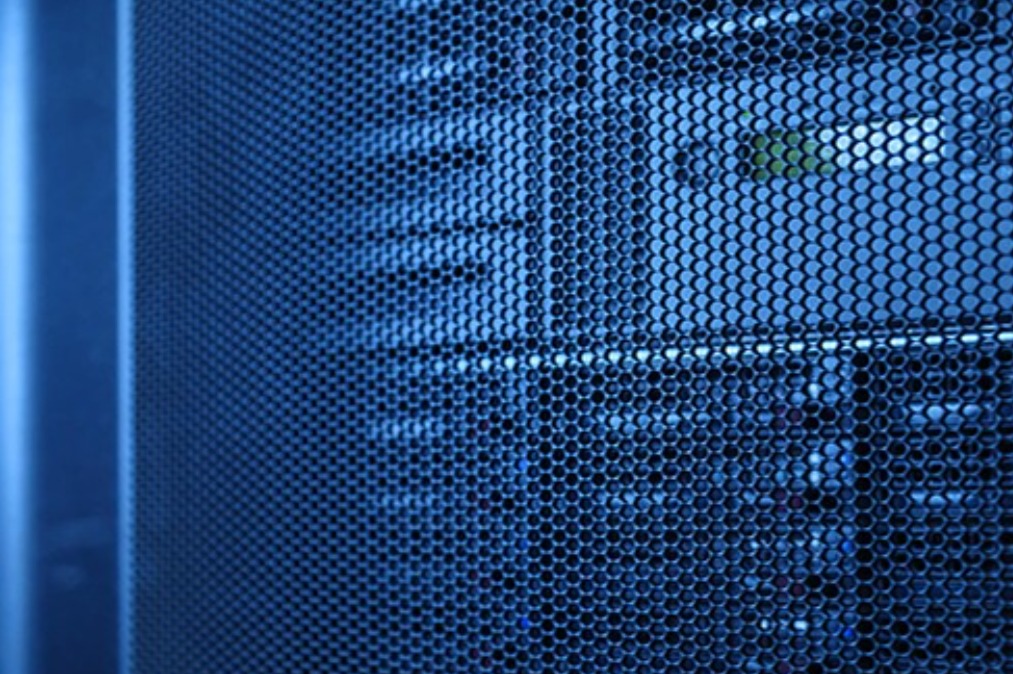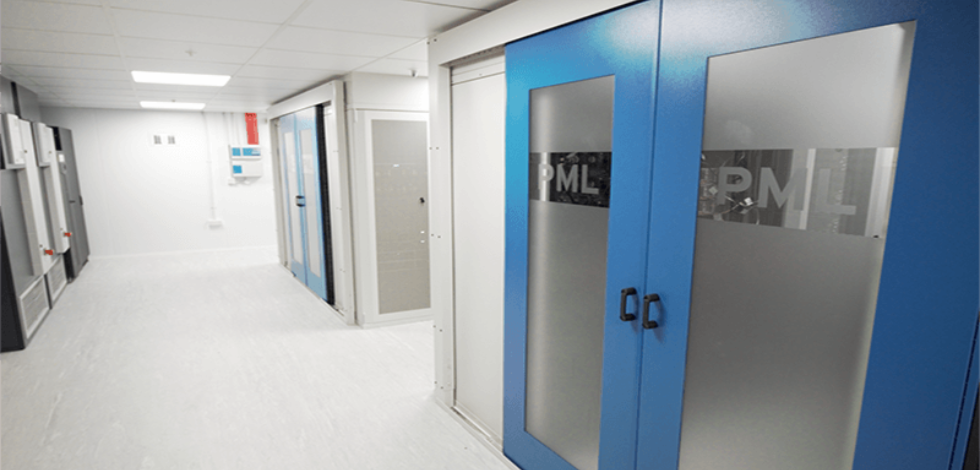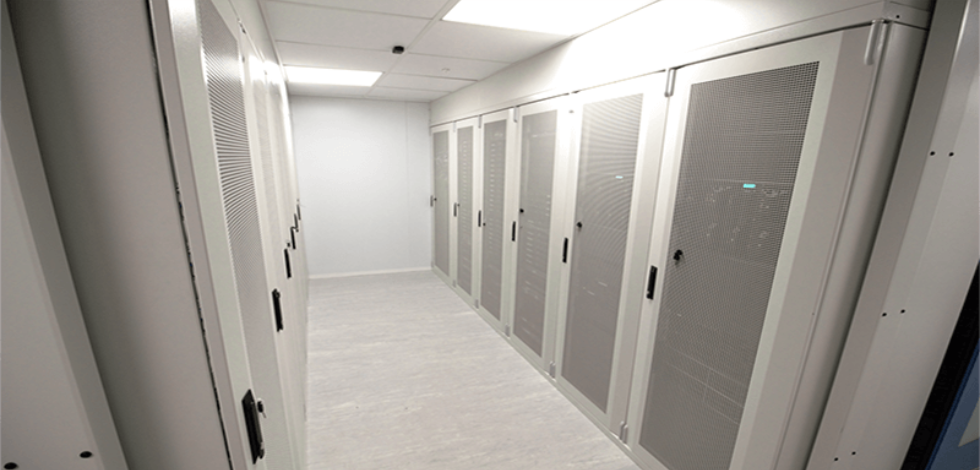
Will Edge Computing Replace Data Centres?
What is Edge Computing?
Will Edge Computing Replace Data Centres?

How Will Edge Computing Change The Data Centre Landscape?
Across the global market, edge data centres are expected to triple from $4 billion in 2017 to over $13 billion by 2024 according to a report by PWC. As edge computing continues to evolve and advance technologically, the way organisations use data centres is going to change. The data centre landscape is not going to be completely reset, the closer integration of edge computing means data centres must be adapted to match the changing needs of consumers.
The Internet of Things (IoT) means that mobile devices and consumer internet services are more accessible than ever before. This has contributed to higher expectations from consumers. Data centres must offer seamless access to enterprise data and low latency, which is only possible with edge computing technology. Efficiency and speed are essential if a data centre is going to deliver a high-quality service in 2022.
Today, enterprises want and need the capacity to process data rapidly and securely – no matter how large the cache of data is. Globalisation means organisations may need to reach worldwide hubs of end-users, which is why edge computing offers a massive advantage. Edge data centres increase bandwidth compatibility and efficiency, enable enterprises to expand and scale their operations, and lower expenses. Edge computing isn’t a replacement for data centres; it is the future of data centre technology.
5 Reasons Why Edge Computing Is The Future
The arrival of 5G
The arrival of 5G has accelerated the rise in edge computing being incorporated into data centres. As edge data centres provide a decentralised small cell network, this ensures they deliver low latency support at a reduced cost for 5G uses on high-density devices. This makes them ideal for city centre applications, which is why many enterprises are shifting towards edge computing to keep up with ever more demanding consumers.
There is a clear link between the applications of edge computing and the 5G network. By moving computing nearer to the source of the data, edge technology supports data-heavy uses; anything from IoT to AI devices. Through 5G’s increased connectivity, it has the capacity to improve the benefits of edge computing, decreasing latency times and bandwidth even further.
IoT Proliferation
Edge computing enables enterprises to improve the management of large volumes of data. IoT sensors and devices are increasing in use across industrial and domestic settings, meaning data is increasing in volume. Ensuring enterprises can reduce latency is essential for delivering excellent services for consumers with dense amounts of data storage, which is why edge processing is becoming more common to match the rise of the IoT.
Scalable Infrastructure
After a period of growth, many companies assess the capabilities of their current data centre infrastructure and realise the capacity falls short of the demands of their new applications. Rapid growth is a massive success but can mean your current infrastructure needs updating quickly. Edge computing is an ideal solution as it allows enterprises to import value from data faster as the data processing takes place to the source, as well as manage large volumes of data more efficiently.
Achieve Sustainability Goals
Transitioning to cloud computing is the route many enterprises are taking. For organisations currently using the cloud, 70% plan to increase their spending on cloud computing in the future. However, as businesses become more conscious of their environmental impact, many companies may choose to implement edge computing over transitioning to the cloud as edge data centres require less power.
Video Streaming and AR/VR
Low latency increases streaming quality, without dramatically increasing costs. Through the IoT and increased access to mobile devices, consumers have higher expectations than ten years ago. Customers want content to be high-quality on-demand, which is achievable with edge computing.

Should I Invest In Edge Computing Tech Now?
Edge computing is the future of data centres; however, this doesn’t mean that incorporating edge technology now is the right choice for your enterprise. The right strategic choice depends on your mission-critical requirements and intended applications. If your competitors are beginning to invest in edge computing, then now may be a smart time to consider where you can utilise edge data centre technology. You should also explore if edge computing can unlock revenue opportunities for your business.
Discover if edge computing is right for your enterprise’s operations today, call Infiniti IT on 01993 774444, send our team an email at enquiries@infiniti-it.co.uk, or visit our contact page to enquire further.
As a data centre provider offering both consultancy and construction services, Infiniti can help offer
guidance and support on the best options for your business.
Have any questions or comments, or would like to know more about the
article and how we can help please contact us on 01993 774444 or email us enquiries@infiniti-it.co.uk








